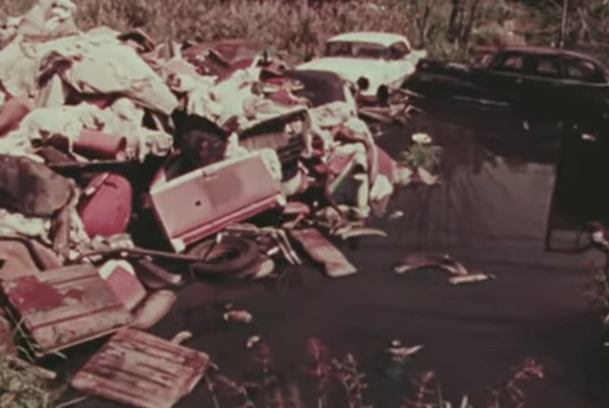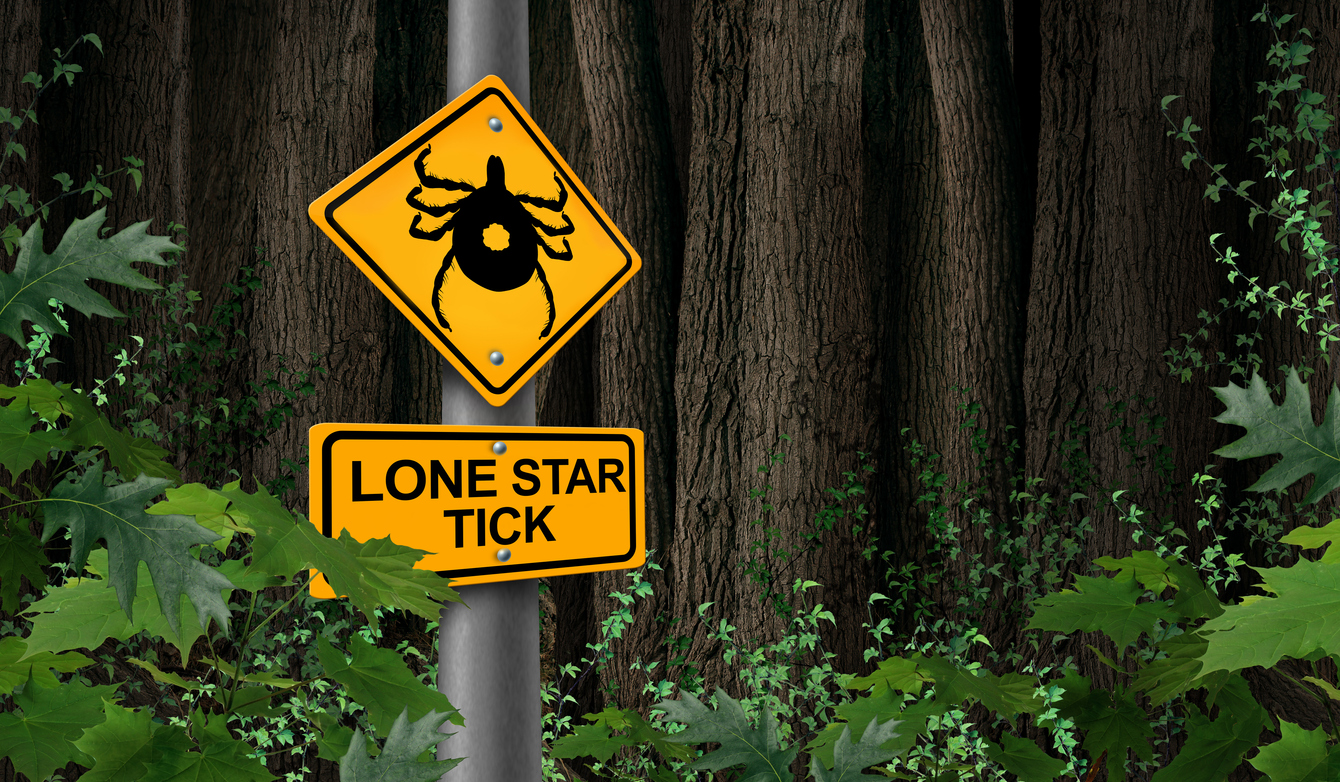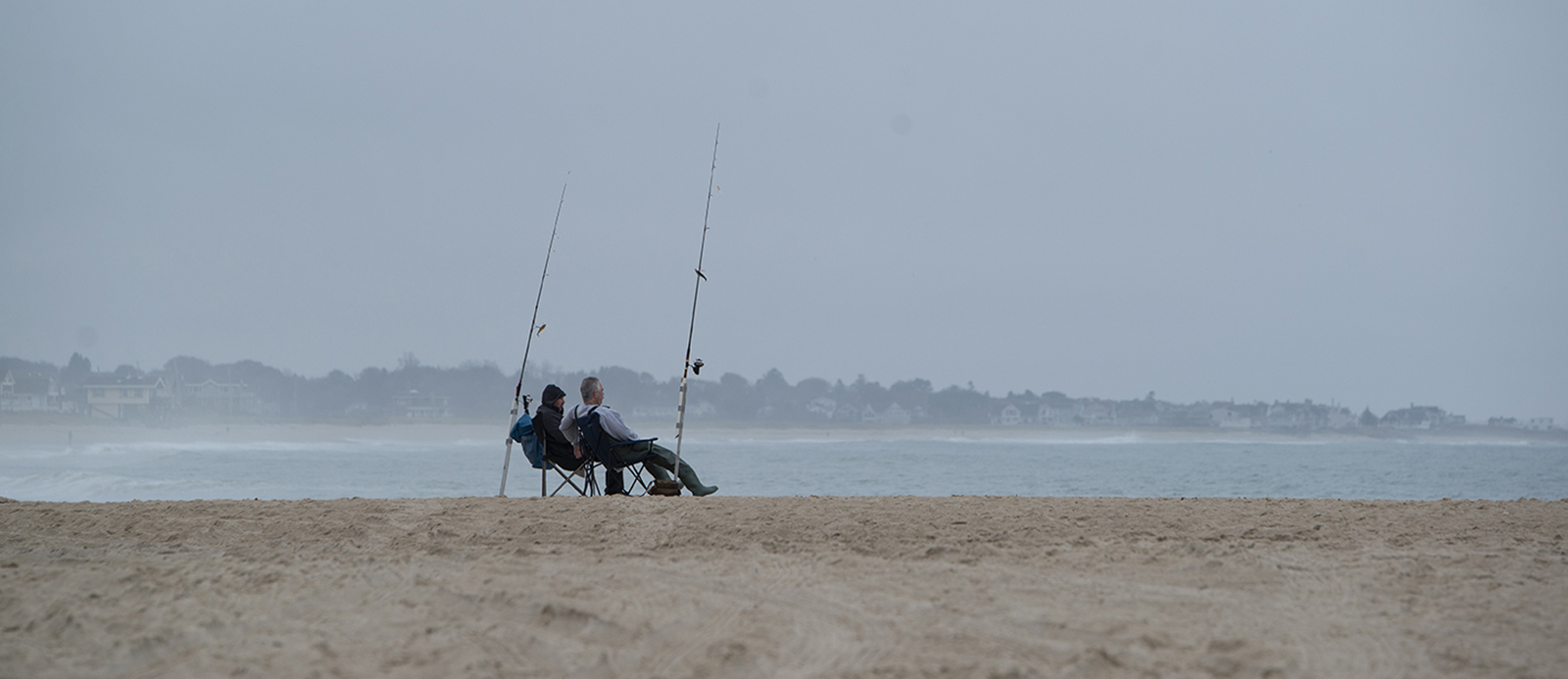Time to ZAP Blackstone Again
Aug. 27 cleanup to celebrate 50th anniversary of a monumental one-day effort to restore a befouled river
August 3, 2022
CENTRAL FALLS, R.I. — The Woodstock of cleanups was held Sept. 9, 1972, along the Blackstone River. Ten thousand volunteers spent the day pulling appliances, cars, mattresses, shopping carts, tires, furniture, and even a small bus from the waters and banks of the distressed river.
The cleanup effort from Pawtucket to the Massachusetts line resulted in the collection of 10,000 tons of debris. It’s considered the largest one-day environmental cleanup in U.S. history.
Nearly five decades later, on Aug. 27, the Blackstone Valley Tourism Council and the Blackstone River Valley National Heritage Corridor, among other organizations, will attempt to recreate the massive initiative. In fact, the ambitious organizers of this 50th anniversary celebration have stretched the cleanup area all the way to Worcester, Mass.
The ZAP the Blackstone 50th Revival celebrates an operation that generated national attention and ended with a party that included a performance by folk singer Pete Seeger. Planning for this month’s cleanup began two years ago.
A dozen participants in the 1972 cleanup share their memories on a ZAP 50 webpage.
“Endless amounts of tires. There was an old tire store on the river’s bank. I guess they just threw the old tires into the river. I think we pulled hundreds of them from the riverbed,” Michael recalled.
“I was only 12, and went with an older neighbor. I remember the river banks were full of people, and heavy equipment — people in the water attaching lines to bulk waste. Dump trucks driving everywhere and a very happy atmosphere,” Robert recalled.

In the years since, the Blackstone River watershed has changed considerably thanks largely to better stormwater management practices and wastewater treatment facilities that have improved water quality.
While the Blackstone River is cleaner and healthier than it was when bell-bottomed and jumpsuit-wearing environmentalists gathered along some 10 miles of river to disinfect human irresponsibility, most of the river is still too polluted for swimming and fish consumption.
The Blackstone River is a mainstay on Rhode Island’s list of impaired waters, thanks mostly to cesspools, faulty septic systems, sewage leaks, agricultural runoff, and stormwater carrying nutrients such as nitrogen and phosphorus from lawn fertilizer. Contamination from per- and polyfluoroalkyl substances (PFAS) is also an emerging concern.
But today, unlike the ’70s, a steady flow of raw sewage doesn’t pollute the Blackstone, and canoeing and kayaking are now regular river activities. And today’s cleanups are less about hauling stoves, washing machines, and refrigerators from the river and more about picking up cigarette butts, nips, single-use plastics such as bottles and straws, and fast-food wrappers that litter the watershed.

“Back then everyone was using the river as a dump. It was considered acceptable,” said Donna Kaehler, director of Keep Blackstone Valley Beautiful, who is coordinating the Rhode Island side of the operation. “The river smelled, it was foamy, and the water quality was really bad. It’s a lot better now, but it’s still not 100 percent.”
She noted people have learned plenty and changed behaviors since 1972, but the effort to protect the environment we share with each other and nonhumans is far from complete.
ZAP 50’s organizers are applying the same plan used in ’72: asking people to commit a small part of their day on Aug. 27 to the cleanup. Volunteers can sign up online. This time, however, the celebration afterward will be held two weeks later, on Saturday, Sept. 10, from 11 a.m.-6 p.m. at Slater Mill on Roosevelt Avenue in Pawtucket — the rendezvous site of the first ZAP. In 1972, many volunteers rushed home to shower before returning for an evening of food, drink, music, and friendship.
The original ZAP was the invention of David Rosser, who was born in Mississippi in 1899 and spent the last 15 years of his life in Pawtucket. He served as the executive director of the Blackstone Watershed Authority and the Blackstone River Watershed Association. He cared deeply about cleaning up the river and protecting it for future generations.

Rosser proposed the river cleanup plan at Slater Mill on Dec. 6, 1971, according to news reports of the time. People such as David Quinn and Tom Ward helped the Mississippian pull off one of the nation’s greatest volunteer cleanups. Back then, organizers created cleanup areas, each named after a fish and managed by a zone leader. (The watershed’s rivers, streams, and ponds provide habitat for more than 30 species of freshwater fish.)

He spent seven of his 15 years in Rhode Island working to clean up the Blackstone River and enhancing the quality of life around it. Besides the pulling of debris from the Blackstone’s waters, Operation ZAP also involved the building of riverside parks.
Five decades later, four of Rosser’s grandchildren will be participating in ZAP 50, according to Kaehler. Their grandfather died three years after the original cleanup.
Now, like then, ZAPsters hope to change people’s carefree attitude toward littering and raise awareness about the importance of making the Blackstone swimmable and fishable again.
A November 2021 story in The Valley Breeze reported the 1972 cleanup required an array of equipment, including bulldozers, backhoes, cranes, and trucks with winches and cables. Each Rhode Island municipality involved in the cleanup agreed to handle the debris collected in its jurisdiction.
Some of the machinery, including a helicopter, was supplied by the Rhode Island National Guard. The Rhode Island Road Builders Association and the various unions it supported supplied the operators for the more than 250 pieces of heavy equipment used that day. The effort also made use of scuba divers.
Kaehler said ZAP 50 likely won’t require any front-end loaders, dump trucks or wetsuits, just gloves and trash bags to be provided by the organizers — although hopefully less than the 20,000 volunteers filled 50 years ago.
“We don’t want 10,000 tons,” Kaehler said. “Zero would be awesome, but we’re not there yet.”
The 48-mile-long Blackstone River, which helped power the Industrial Revolution, flows from Worcester to Pawtucket, where it becomes the Seekonk River. The Blackstone River is the longest tributary to Narraganset Bay, and about two dozen municipalities in Rhode Island and Massachusetts are housed in its 240-square-mile watershed.
Bonnie Combs, marketing director for the Blackstone River Valley National Heritage Corridor, is coordinating the Massachusetts side of the cleanup.
To watch a 20-minute, 1974 film about Operation ZAP, click here.



